-
Posts
7,253 -
Joined
-
Last visited
-
Days Won
25
Content Type
Profiles
Forums
Gallery
Events
Blogs
Posts posted by Uranium235
-
-
-
6 minutes ago, Stub Mandrel said:
This is without the CC, I can't fit an ep into the CC
I''m confused.com here.
I wasnt sure which CC you had because the SWCC comes with a 2" EP adaptor (it has an M48 thread at the base for connecting to the corrector).
So, disregarding the corrector issue - just use an extension tube. Or if you have a 2" barlow, remove the element (it normally just screws off) and use that as your extension.
-
2 hours ago, Stub Mandrel said:
I've only ever used it with the coma corrector.
Perhaps the mirror is too far down the tube? Still It focuses in the middle of its range with the camera so I'm not complaining.
For an ep you need to be adding length to the focuser with an extension tube, not removing it.
Also try it without the CC first, that will simplify the optical train.
-
1 hour ago, Stub Mandrel said:
The one time I've had this be a problem was the flame and horsehead where each sub had a 'ghost' of Alnitak as a blue patch diagonally opposite the star, which stretched into a faint blue blur (as the exact centre of the image moved over 3 hours) after stacking. I assume this is the sort of thing you mean?
Yes, exactly that! I also experienced the same issue on M45, I managed to clone brush it out but I'd rather it not be there in the first place

-
 1
1
-
-
Yep, get the MPCC MkIII.
The SW correctors suffer from internal reflections on bright stars.
-
 1
1
-
-
Looks good James

The only thing I can pick out really is a small loss of local contrast on Melotte 15, its nothing that a small layer mask cant sort out.
-
Nice to see the 130pds threadzilla still rumbing on after all this time. Keep those images coming!

Congrats to all for your efforts!
-
 1
1
-
-
All taken with the Atik 383L+
Gamma Cygni and Beyond: 16 panel mosaic, 56 hours (Star 71)
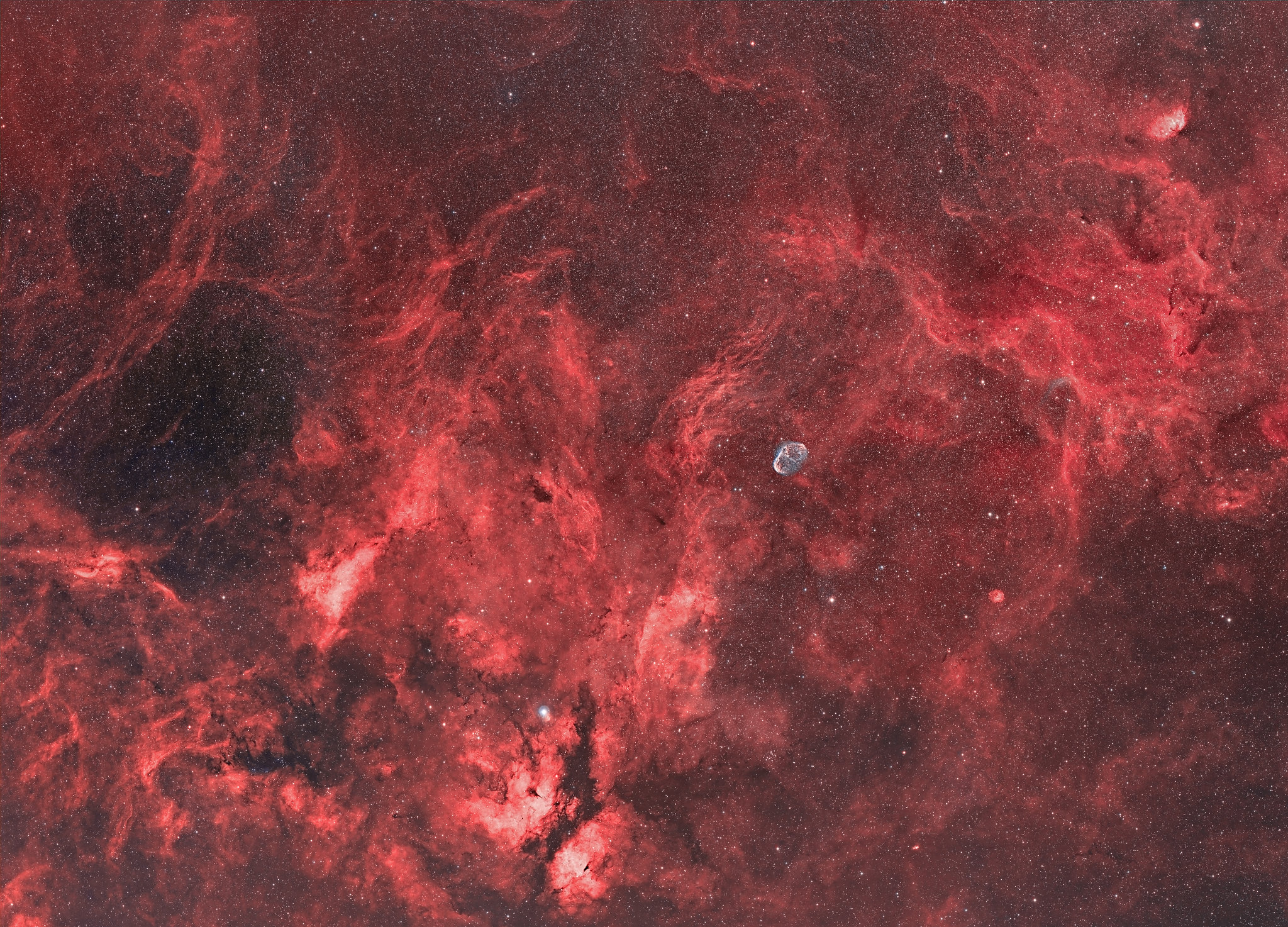
Pelican Ultra: 200pds
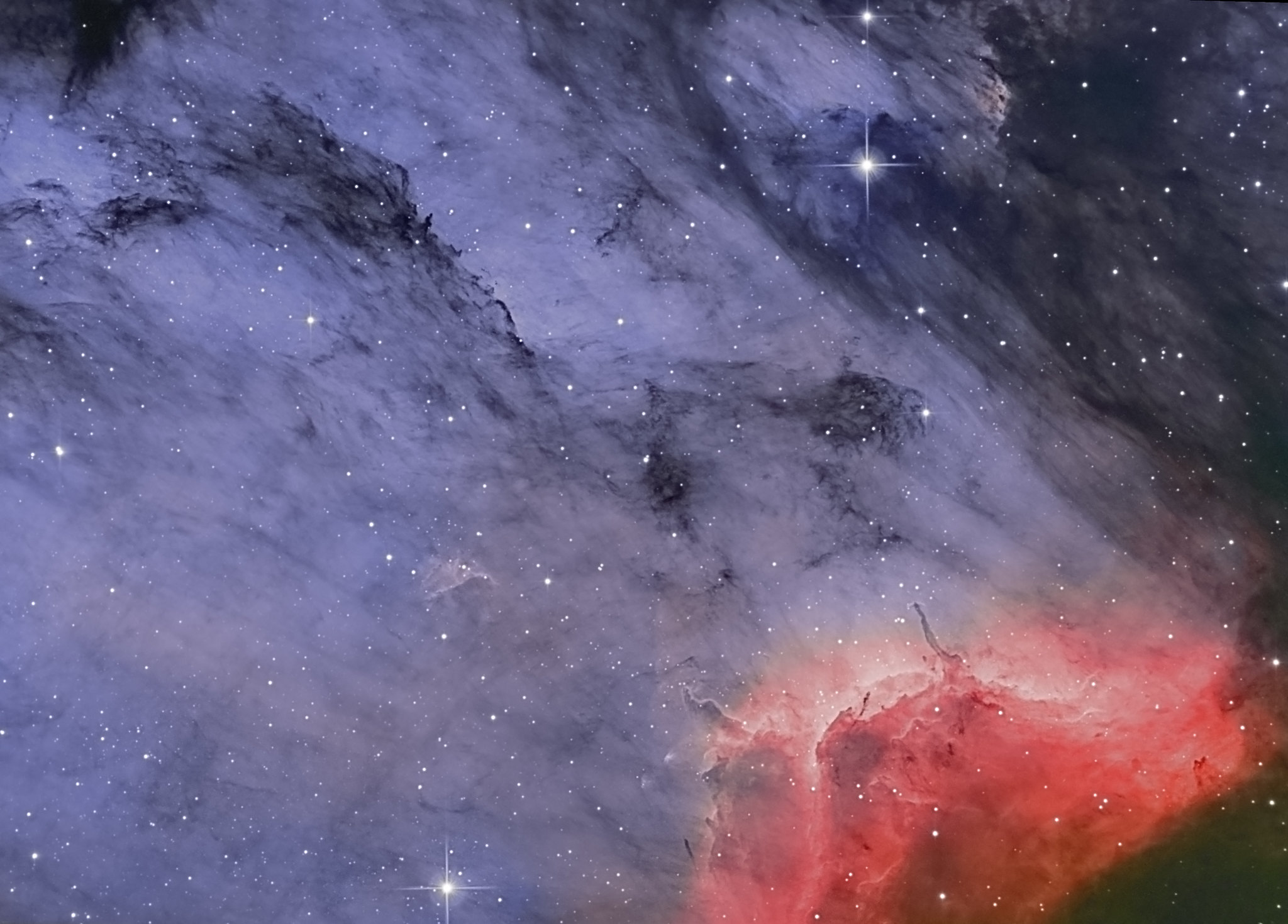
Dusty M45: Star 71
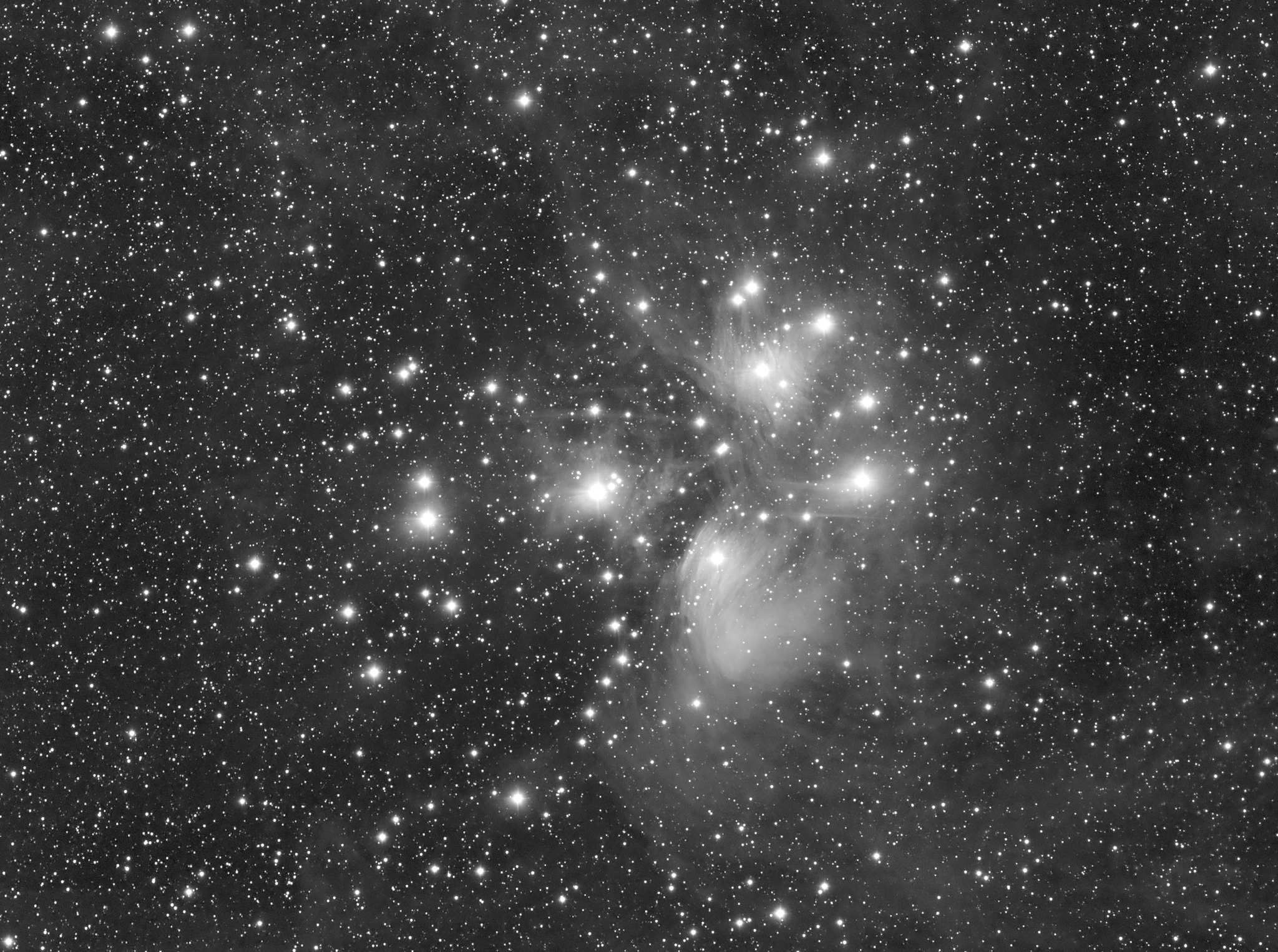
Belt to Sword - Mono version: Star 71
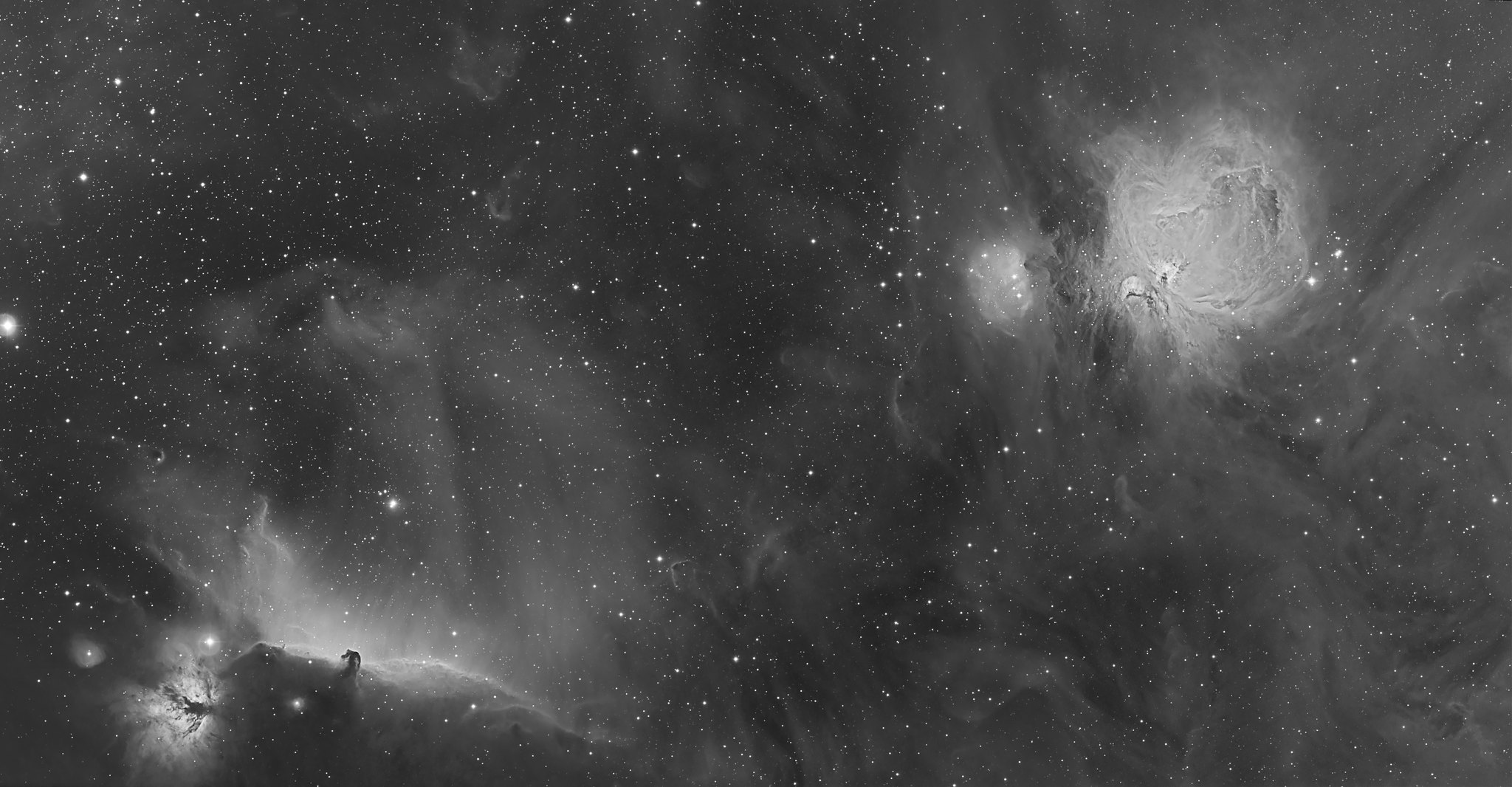
Virgo Supercluster annotated: 9 panel mosaic, Star 71 (click for fullsize, so you can read it)
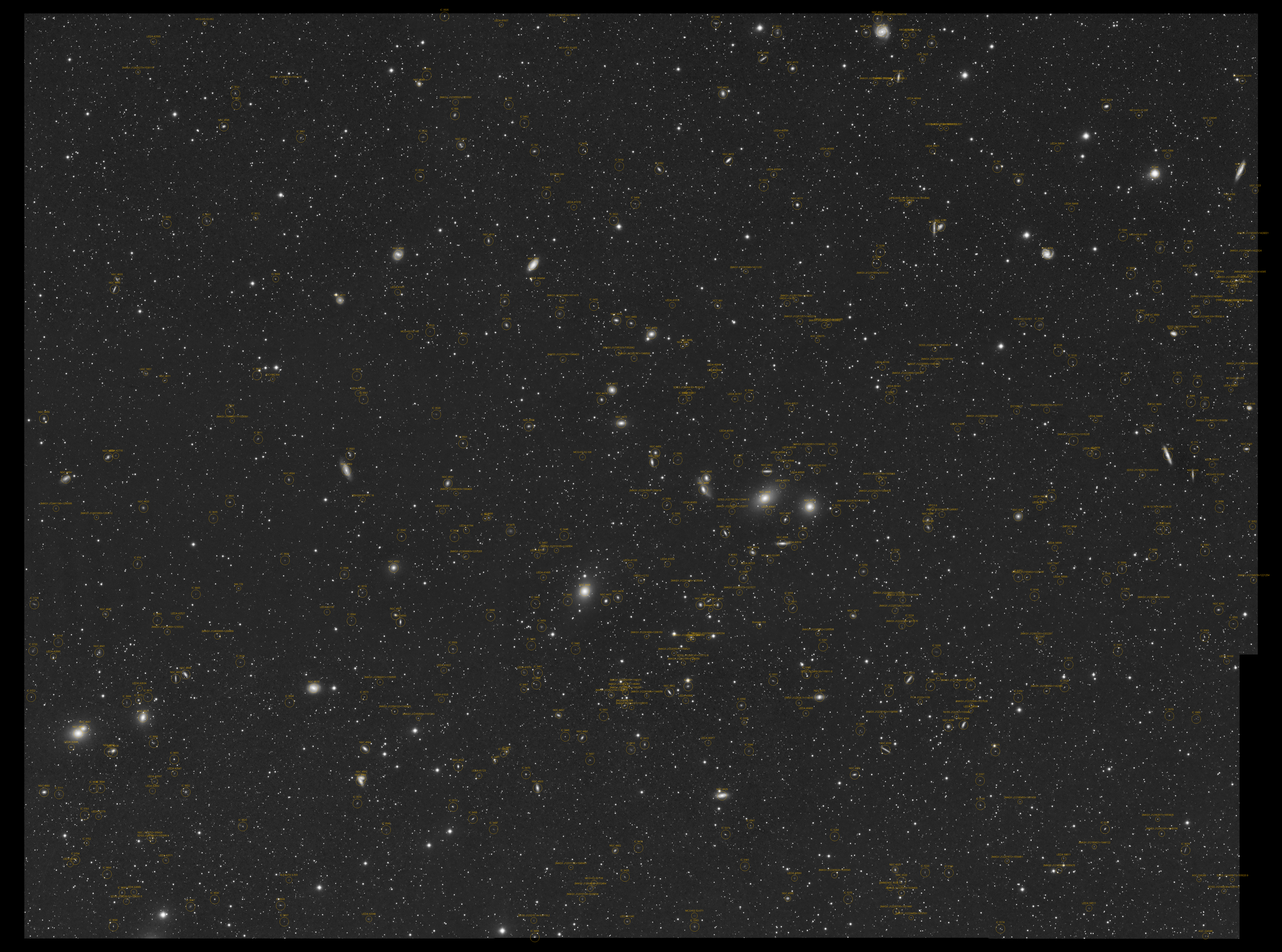
-
 28
28
-
-
Please use this thread to showcase your best images captured during 2016. Just one post per member but you can include up to 5 images if you want.
The thread is for all imagers novices and advanced.
Please keep details to a minimum - scope and camera possibly along with a few comments.
The thread needs to be packed with images so please don't respond to the postings
-
Not to worry, I'll be super careful. It should be easy compared to the 200pds, thats always been a bit of handfull to get down the garden fully loaded.
-
 1
1
-
-
35 minutes ago, Thalestris24 said:
Nice! No guide scope?
lol... well spotted!
The main dovetail is long enough for me to mount the finderguider underneath at the front end. That will also help balance the whole rig... its quite a compact (and surpisingly heavy) lump now.
-
 2
2
-
-
-
I've already considered the tripod being titled, but ruled it out. And Im also thinking bad PA cant be a cause either, otherwise it would show rather quickly while imaging @ 1000mm (even when guiding). Not unless youre talking about just a small error being a potential cause.
Next time im out (whenever that may be!) I'll run another test to see if I can replicate the error.
-
Just to further add to the mystery, I had the 200pds out last night and it had exactly the same issue (key stars didnt match up with artemis markers post flip).
-
2 hours ago, Pompey Monkey said:
Are you sure it did not actually brush against the mount at some point?
The other thing that comes to mind is a less than perfect PA - this is another source of cone error. However, given the quality of your images, I suspect that your alignment is rather better than +- 3/4 of a degree!
Nah, it didnt touch the mount Im pretty certain of that
 ... touch wood that will never happen (well, not unless I fall asleep during an imaging run!). It might be worth me checking if the tripod is completely level, to try and eliminate all possibilities so to speak - though I doubt that would be the case, I triple checked it in setting it up after its trip to SGL XII.
... touch wood that will never happen (well, not unless I fall asleep during an imaging run!). It might be worth me checking if the tripod is completely level, to try and eliminate all possibilities so to speak - though I doubt that would be the case, I triple checked it in setting it up after its trip to SGL XII.
-
-
Cant have been flex mate, that Star71 is rock solid and held in the vice like grip of an ADM saddle.... Hang on... I'll just pop downstairs and see if a cable snag occurred (though highly unlikely as all cables are velcroed up).....
Nope... no detectable rotation in the camera from when I set it up.... hmm Im stumped!

-
Thats what I thought.... that proper mount calibration eliminates cone error.
I realign the image by storing the current position in the handset and marking key stars in artemis (no plate solving here!). Flip the mount by doing another goto on the stored position, then line (or attempt to) up the marked stars with a rotated output in artemis (it has a rotate 180 function).... except I found that the stars didnt line up quite right becuase the image was slightly rotated.
In the end I settled for an "average" closeness to the markers so I wasnt losing too much. But the flip needed to be done as I was imaging at the zenith and the camera was quite close to colliding with the mount. If I had being imaging towards the south (ie: Orion) I would have been ok to let it go perhaps four or five hours past the meridian as there is no danger of collision.
Odd thing is, I didnt have anywhere near the same amount of rotation with Cygnus - and that was a 16 panel mosaic!
-
I couldnt be sky curvature near the zenith could it? I mean, it was a fairly wide FOV as I was shooting with the Star71 + 383.
-
It doesnt take much of a twist to cause it, you have to check very, very carefully. I know this because I had exactly the same issue which was only cleared up by ensuring all four vanes were perfectly straight.
-
I was pretty sure in setting up the camera beforehand though.... I usually eye up the edge of the camera body to the flat base of the dovetail to square it up (easy since the 383 is a square camera). I normally know whether ive got it right while calibrating the mount becuase the stars always move parallel to the crosshairs in artemis when Im making adjustments.
-
Ahhh I see, so fairly unavoidable then in most cases. Its not a massive loss mind, but one panel was taken pre-flip - the other post flip and the overlapping edge is the short one.
I ended up with roughly a 5 degree rotation, and managed to reduce the loss by stitching the panels together then rotating the whole image back by 2 degrees. It probably also didnt help that the area im imaging is near the zenith.
-
Theres probably an obvious technical answer to this one, but would anyone be able to enlighten me as to why I get some rotation after a meridian flip? It been bothering me for a little while now, its not serious mind... but just a little annoying that I end up cropping/losing a bit of the frame when putting together mosaics.
-
The double diffraction spikes have been caused by having one of your spider vanes slightly twisted. Flexure of the tube on a 130pds is quite minimal due to its size.
Check your spider vanes carefully, and tweak as required. Its easy to accidentally twist them when collimating but should take no more than a few min to fix.
-
 1
1
-











The "No EQ" DSO Challenge!
in Getting Started With Imaging
Posted
You mean this one? (give it a few moments to load, its very big!) But, it wasnt with the 130pds, it was from the Star 71. If I'd chosen the 130 to do it, I'd still be on it now!
Its the full size image, so to read it just click on the image - then hit the full size button.
First it has to be solved, then annotated by AstroimageJ (it will perform both tasks for you) - but its not automatic, you have to search the image for something fuzzy then click to send the co-ordinates to the SIMBAD/LEDA database for a match.... which took a long time on an image this size.